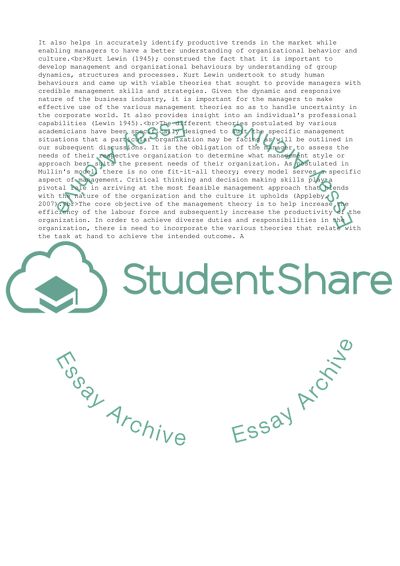Cite this document
(Management Theories and Philosophies Essay Example | Topics and Well Written Essays - 2750 words, n.d.)
Management Theories and Philosophies Essay Example | Topics and Well Written Essays - 2750 words. https://studentshare.org/human-resources/1847099-management-theories-and-philosophies
Management Theories and Philosophies Essay Example | Topics and Well Written Essays - 2750 words. https://studentshare.org/human-resources/1847099-management-theories-and-philosophies
(Management Theories and Philosophies Essay Example | Topics and Well Written Essays - 2750 Words)
Management Theories and Philosophies Essay Example | Topics and Well Written Essays - 2750 Words. https://studentshare.org/human-resources/1847099-management-theories-and-philosophies.
Management Theories and Philosophies Essay Example | Topics and Well Written Essays - 2750 Words. https://studentshare.org/human-resources/1847099-management-theories-and-philosophies.
“Management Theories and Philosophies Essay Example | Topics and Well Written Essays - 2750 Words”. https://studentshare.org/human-resources/1847099-management-theories-and-philosophies.


